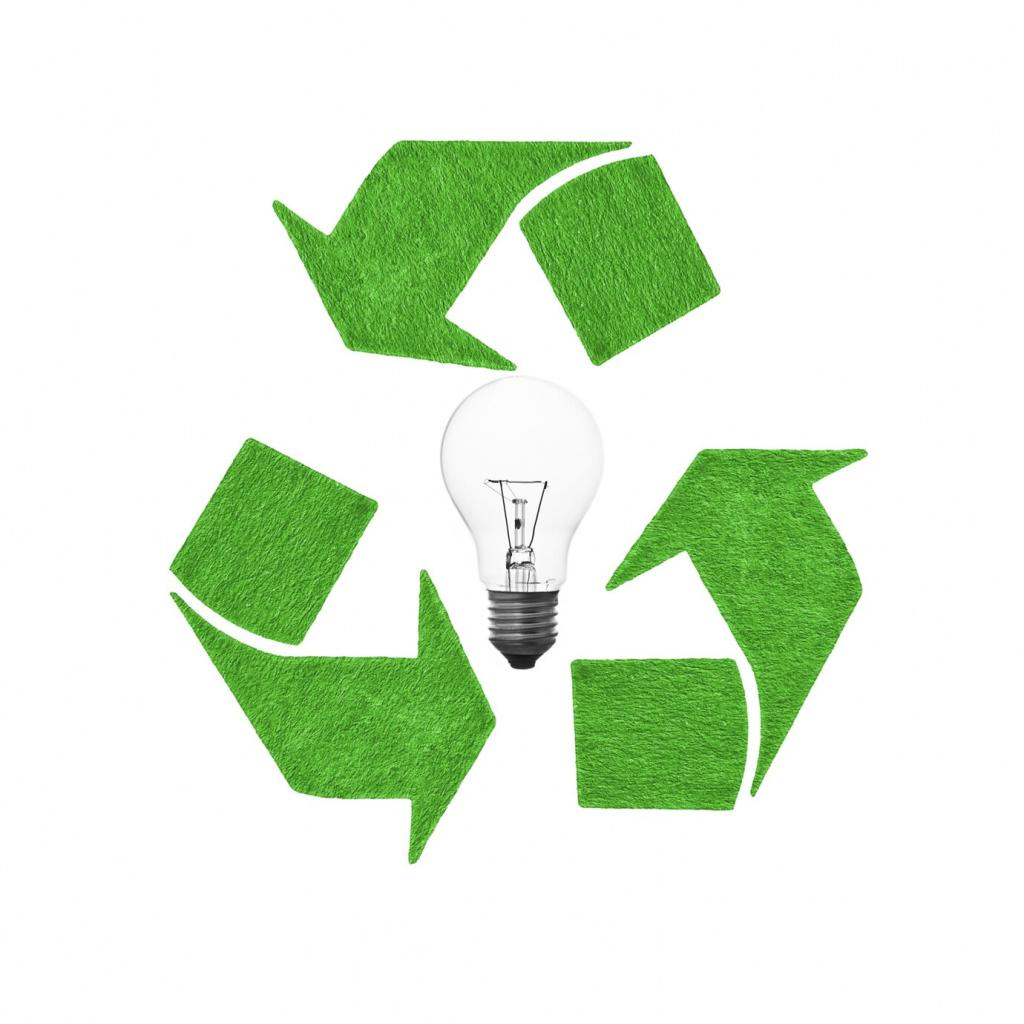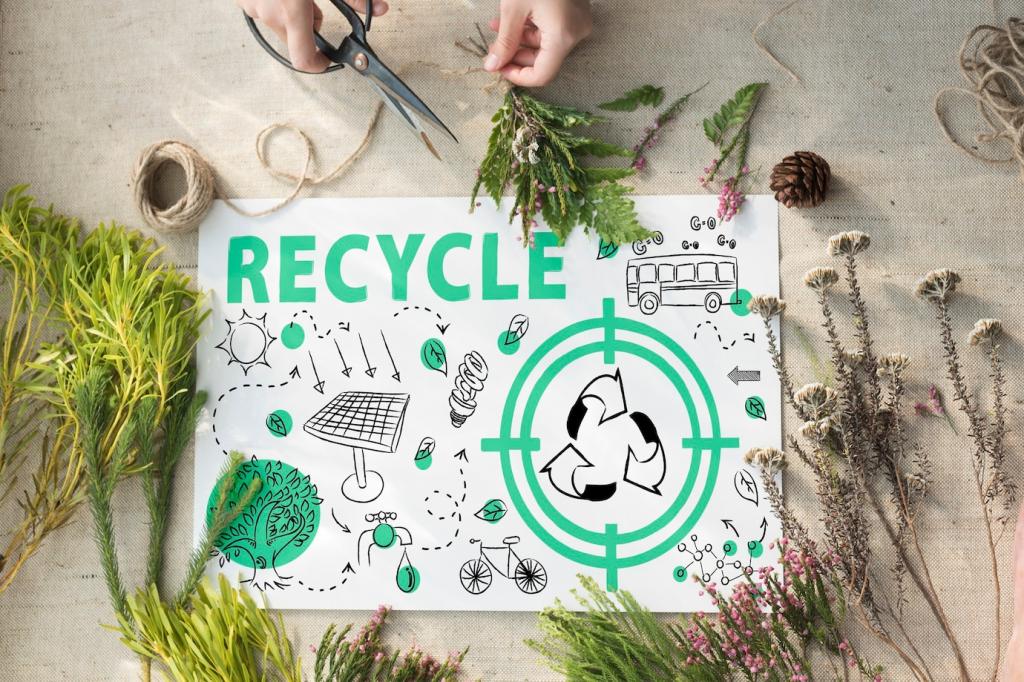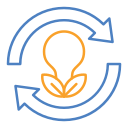Reimagining Fabric: Smarter Loops for Tomorrow’s Wardrobe
Chosen theme: The Future of Textiles: Advanced Recycling Methods. Step into a world where discarded shirts become new yarn, blended fabrics are unblended, and chemistry, biology, and design team up to close the loop. Join our community, share your ideas, and subscribe for the latest breakthroughs that turn waste into worth.
Why Advanced Textile Recycling Matters Now
Mountains of Fabric, Rivers of Opportunity
Every second, a truckload of textiles is landfilled or incinerated worldwide, wasting embedded energy, water, and labor. Advanced recycling reframes this as opportunity: capturing fibers, dyes, and value otherwise lost. Tell us where you see the biggest wins—collection, sorting, design, or new processes—and help shape our next deep-dive.
From Linear to Circular in Practice
The old model—make, take, waste—ignores a garment’s second life. Modern methods transform end-of-life material into fresh inputs, building robust, fiber-to-fiber loops. Share a brand or local initiative you admire, and we will explore what makes their circular approach work in the real world.
Your Voice, Our Roadmap
We want this journey to be collective. Comment with the most confusing part of textile recycling you encounter, whether labels, blends, or infrastructure. Subscribe to follow targeted explainers and case studies that turn complexity into practical, actionable knowledge for your wardrobe, studio, or supply chain.
The New Recycling Stack: Mechanical, Chemical, and Biological
Mechanical recycling cuts and cards textiles back into staple fibers for spinning or nonwovens. It is energy-efficient and reliable for mono-material streams but shortens fibers and struggles with complex blends. Have you tried a mechanically recycled garment? Share how it felt and performed after several washes.
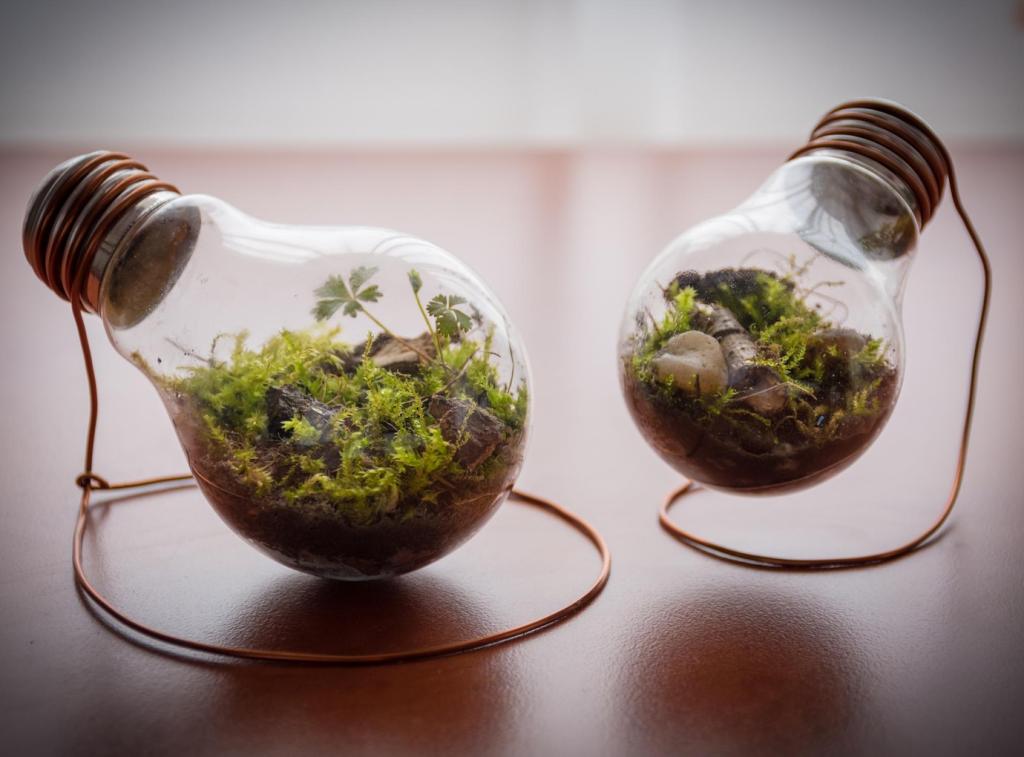
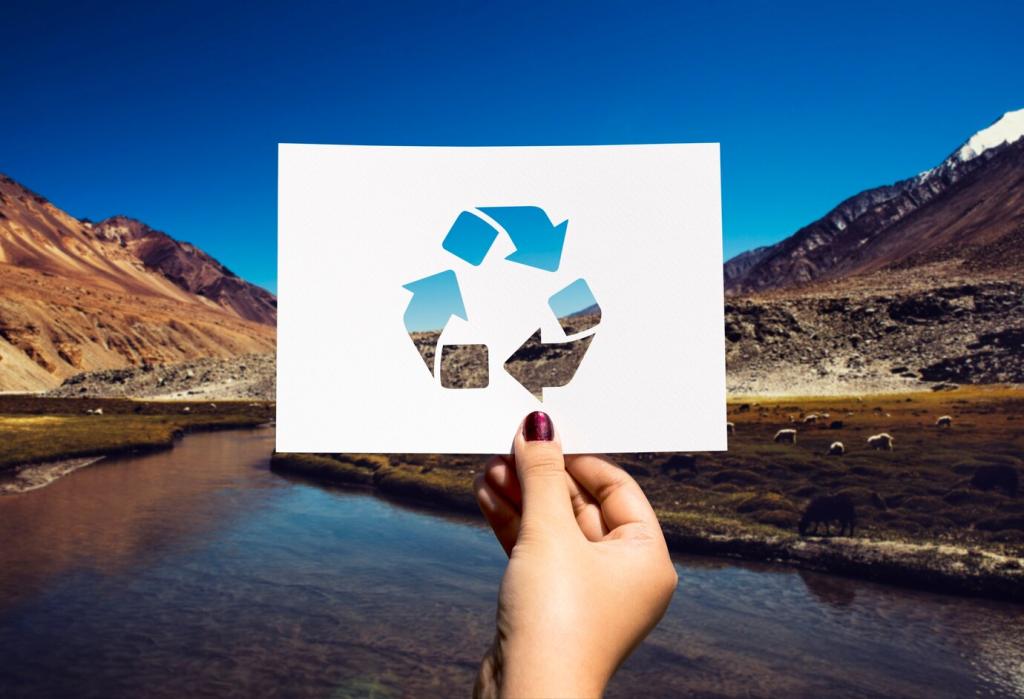
Fiber-to-Fiber Pathways for Cotton, Polyester, and Blends
Pre- and post-consumer cotton can be pulped, filtered, and spun into regenerated cellulose fibers with strength and softness. Smart pretreatments remove dyes and finishes, protecting solvent circuits and enabling brighter, cleaner output. Share your favorite feel of regenerated fabrics and how they compare to your go-to cotton tees.
Fiber-to-Fiber Pathways for Cotton, Polyester, and Blends
Advanced processes recover terephthalic units and glycols, producing filament or staple yarns with performance close to virgin. These loops thrive on clean feedstock and clear traceability. If you source fabric, what certifications or chain-of-custody data build trust for recycled polyester in your collections?
Design for Recycling: Decisions at the Sketchbook
Material Simplicity and Compatible Components
Monomaterial garments, or compatible pairings, make sorting and processing dramatically easier. Threads, elastics, and interlinings chosen for recyclability help maintain fiber quality. Designers, what trade-offs do you face between performance and recyclability? Share your patterns, experiments, and lessons learned with our community.
Color, Finishes, and Deinkability
Dye systems and finishes determine solvent load, effluent quality, and yield. Low-impact dyes, strip-able finishes, and minimal composites reduce process friction. If you have tried dye-stripping or waterless coloration, tell us how it affected handfeel, fastness, and downstream recyclability.
Labels, Passports, and Honest Instructions
Clear fiber content tags and digital product passports help sorting lines route garments to the right process. Care labels that encourage durability extend useful life before recycling. Would you scan a product passport at checkout? Subscribe for a guide to practical labeling that actually gets read.


Infrastructure, Policy, and Traceability
EPR policies fund collection and processing by assigning responsibility to producers, stimulating investment in regional hubs. The best programs reward recyclability by design. Which policies have you seen move the needle where you live? Share examples we should spotlight in an upcoming policy brief.
Infrastructure, Policy, and Traceability
Near-infrared scanners identify fibers; AI-guided robots pick at speed; data systems predict feedstock flows. Together, they deliver cleaner streams for advanced recycling. If you operate a sorting line, tell us which tech most improved throughput—or the bottleneck you want innovators to solve next.
Robust LCAs compare energy use, emissions, and resource inputs across mechanical, chemical, and biological routes versus virgin production. Transparent assumptions avoid greenwashing and guide investment. Share studies or datasets you trust, and we will build a public library to benchmark methods apples-to-apples.
Water, Energy, and Microfibers: Measuring Real Impact
